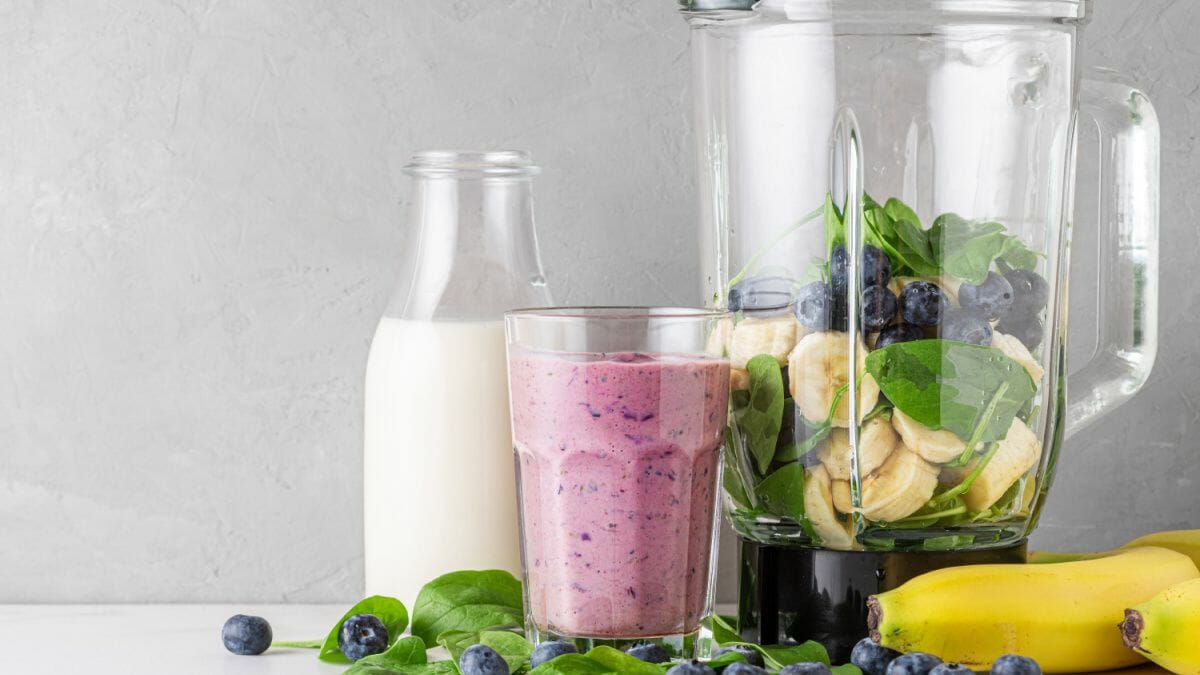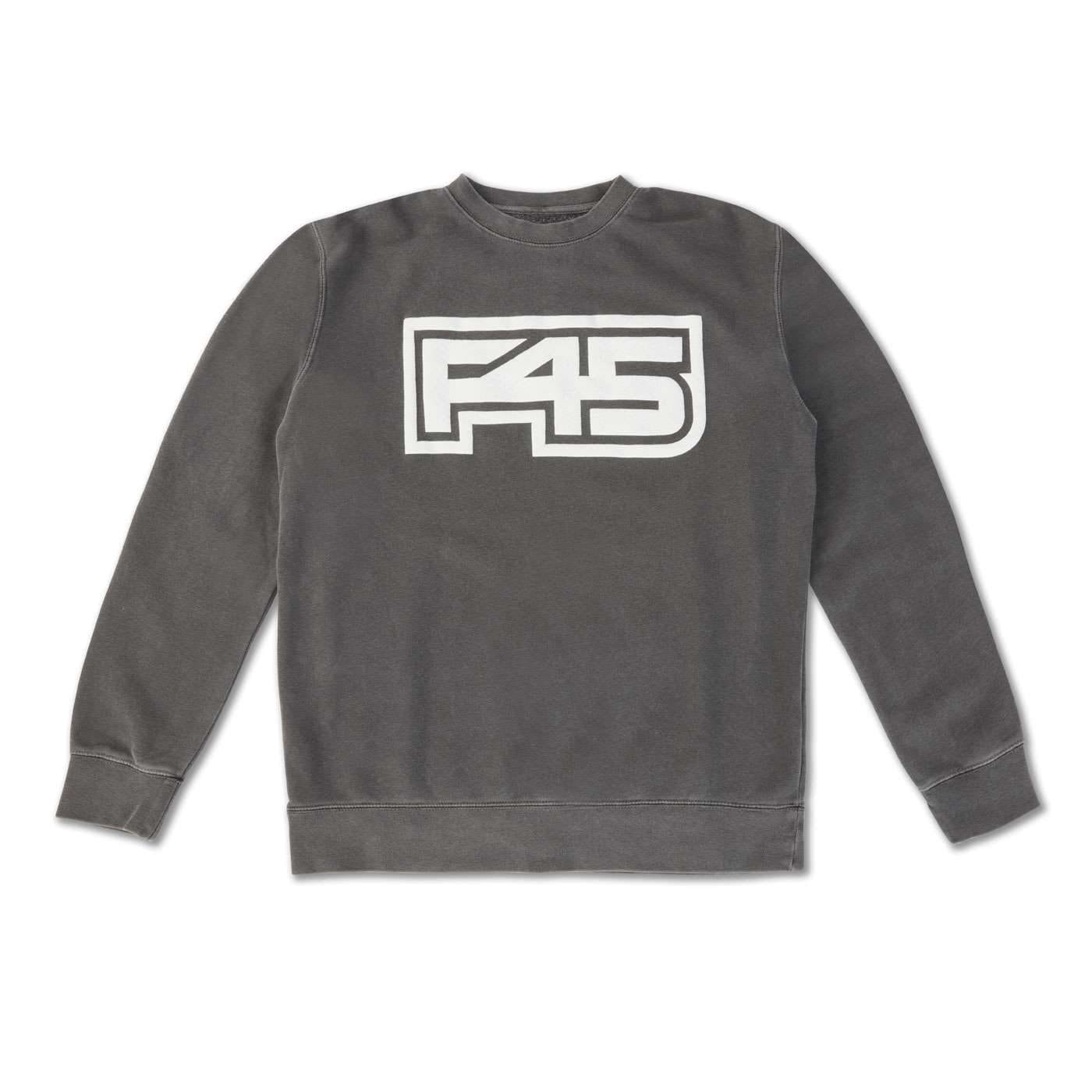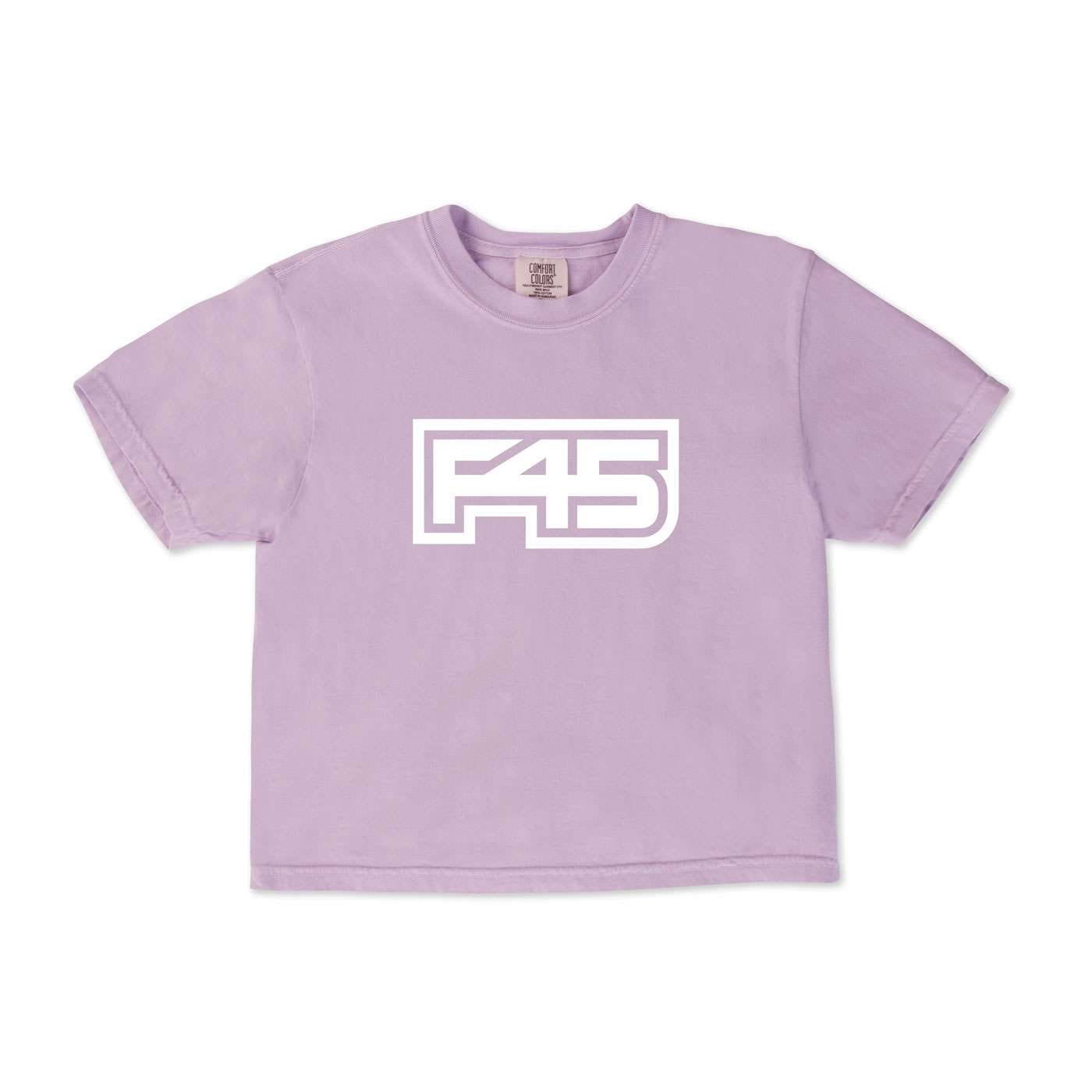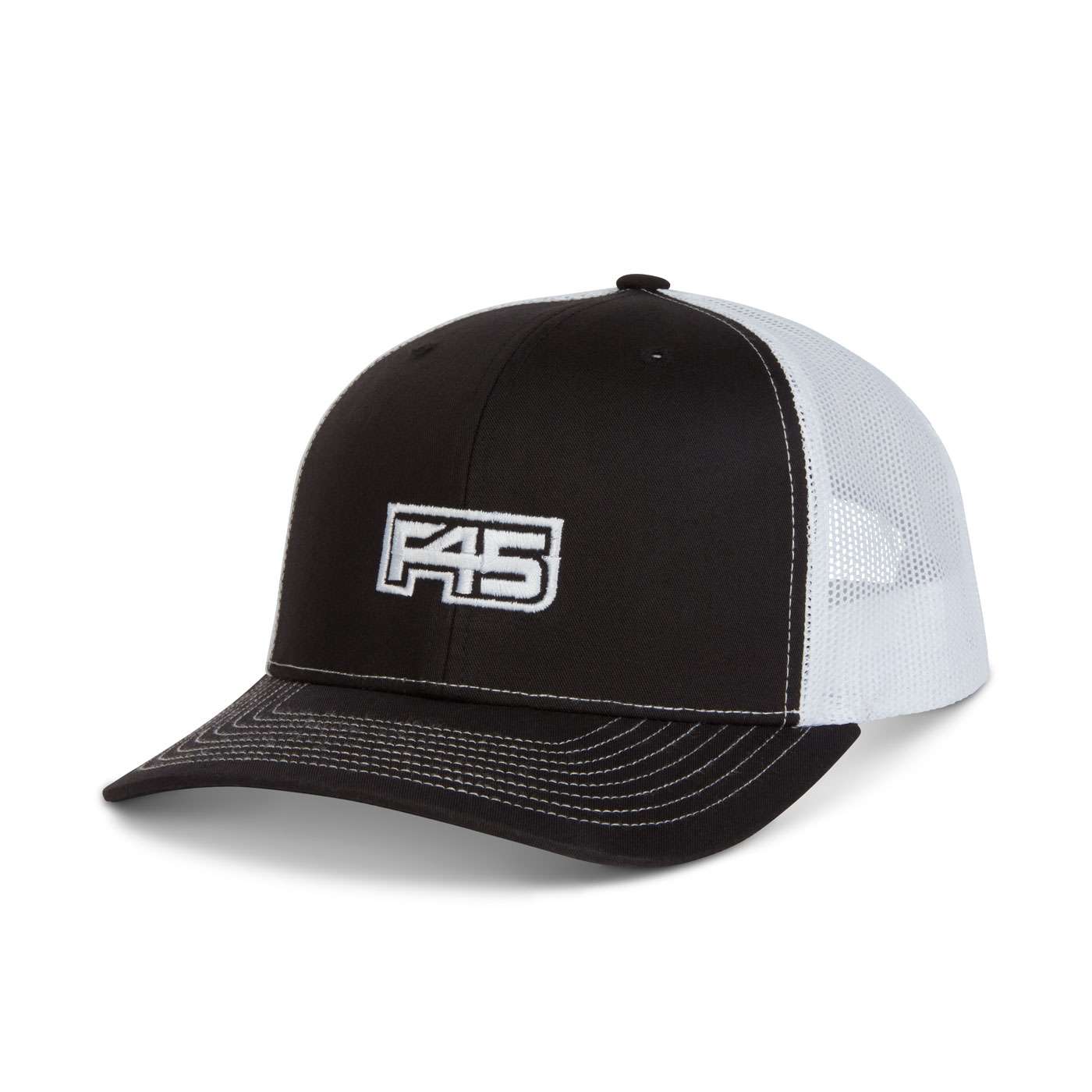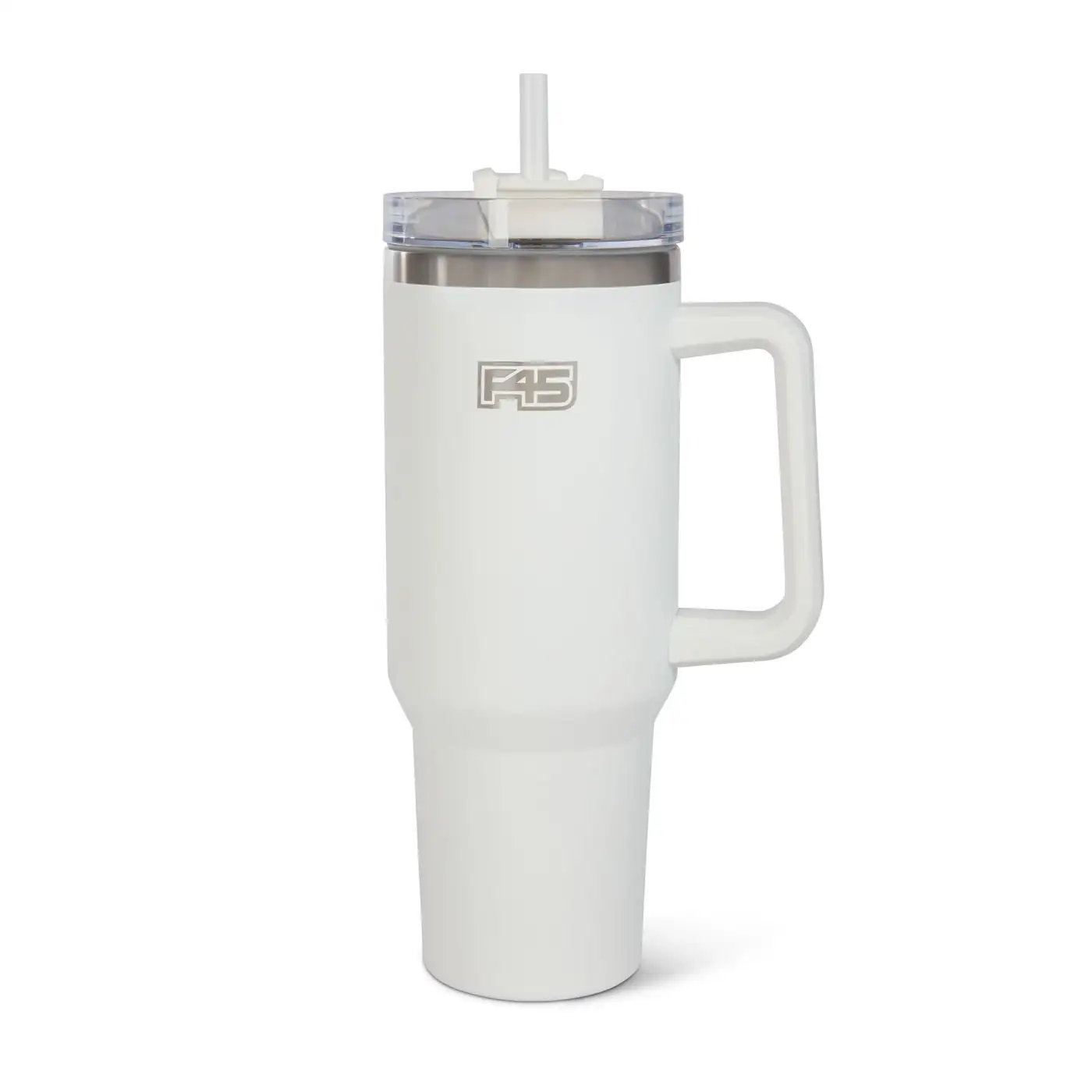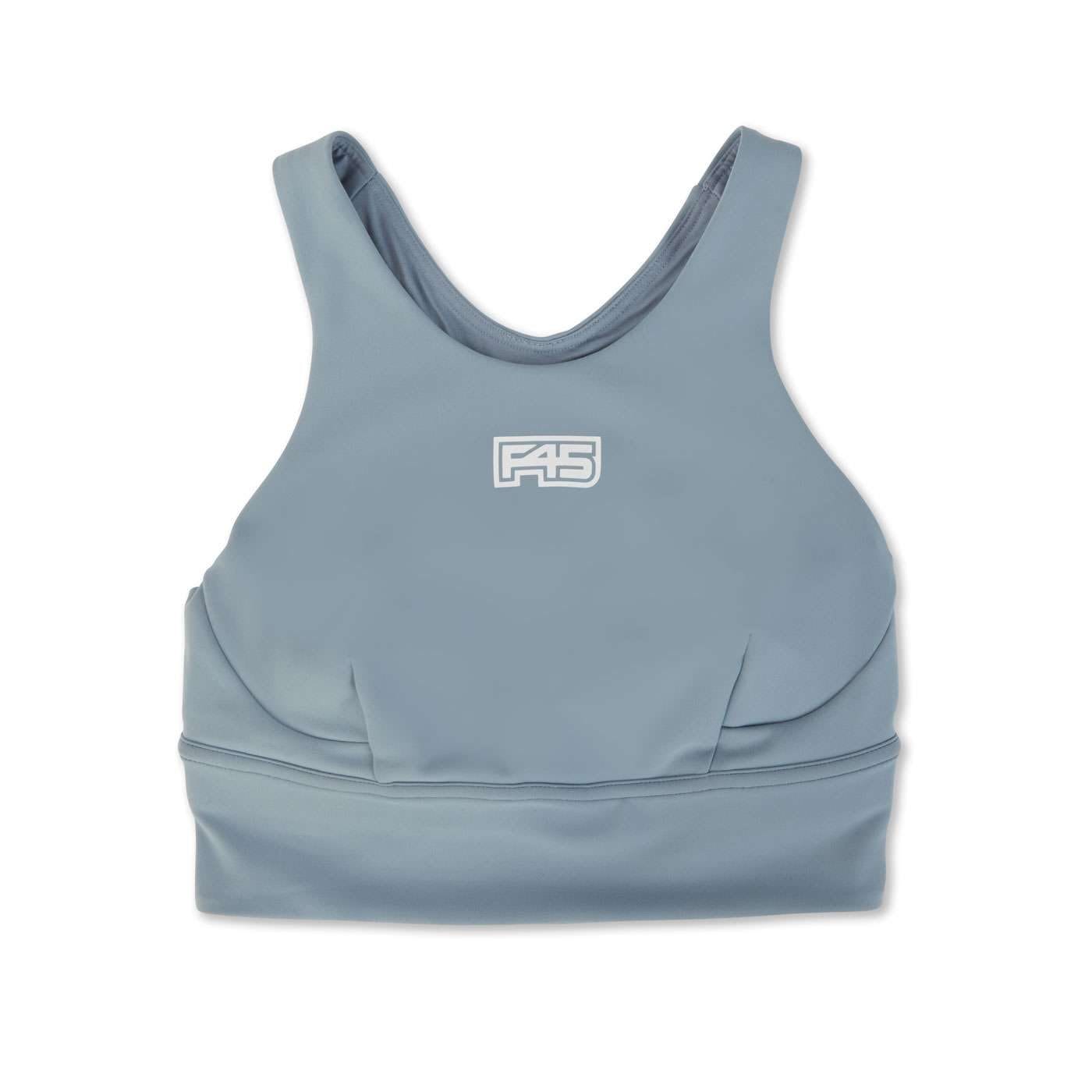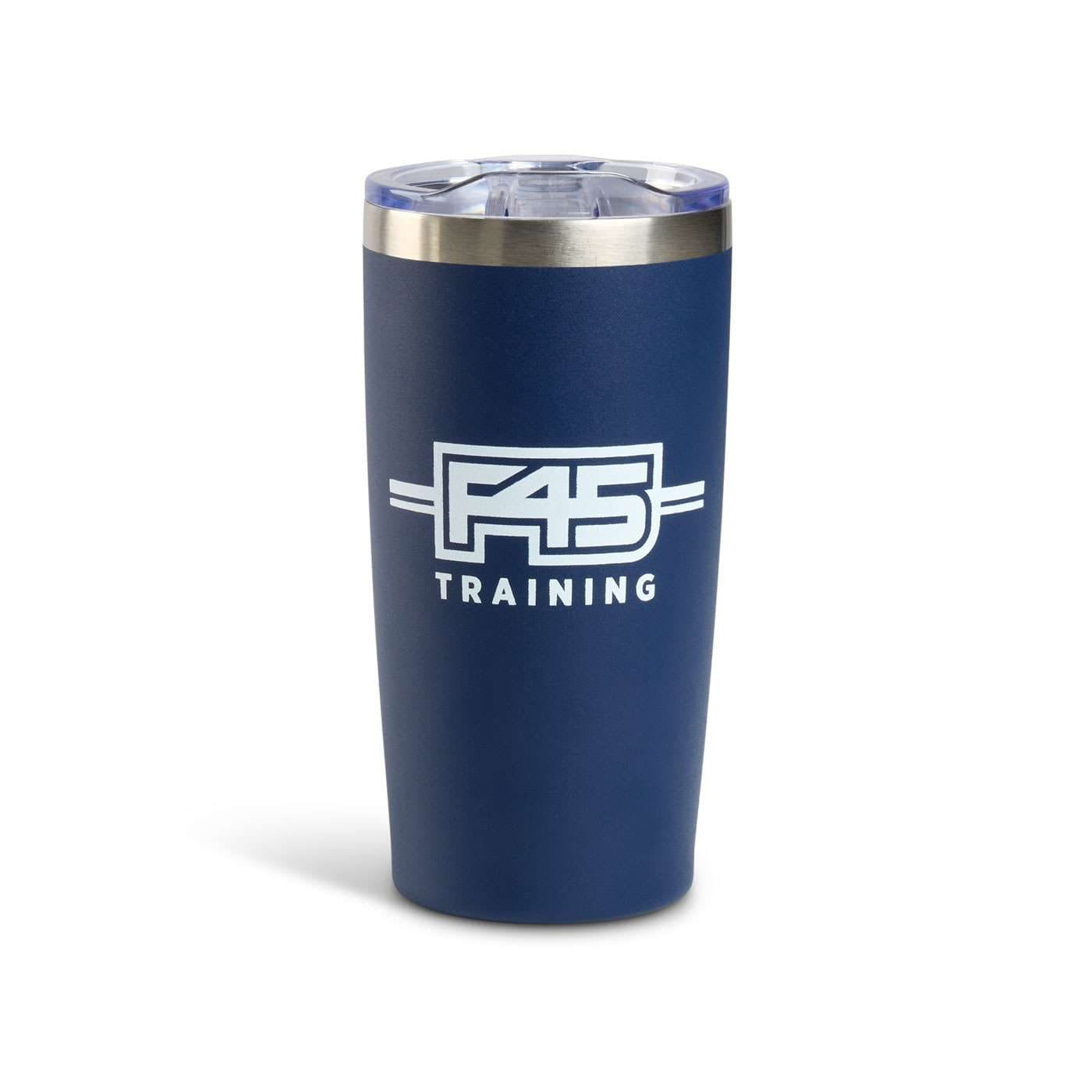By Ashleigh Kidd, RD, LDN | September 2022
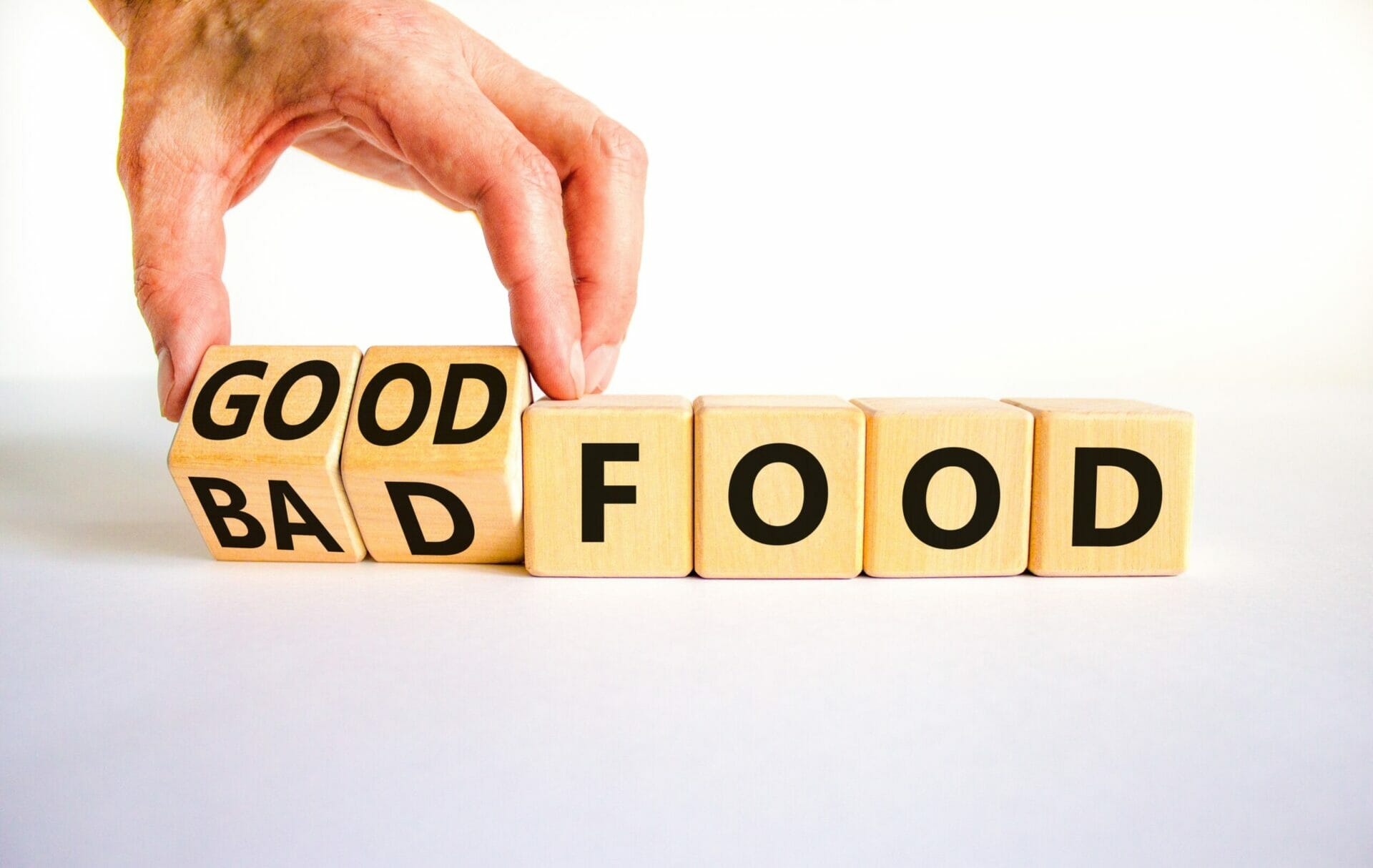
I can probably bet you’re familiar with food labels in one way or another, maybe without even realizing it! We’ve all seen or heard about foods, like salad, labeled as «good» or «clean» and other foods, like pizza, labeled as «bad». Unfortunately, diet talk is so normalized and is part of daily conversation. For example, «I was so bad this weekend. I need to make up for it today.” You may have heard this from your parents growing up, friends, family, TV, or social media.
Here’s where the issue lies:
When we eat something we’ve labeled as «bad», this often leads to guilt or shame. When we eat something «good», we feel great about ourselves… until we eat something «bad» again. The reality is food has NO moral value– it’s just food. Some foods are more nutrient dense, and some aren’t. In fact, labeling food as «bad» or «off limits» actually increases the desire for that food and you end up putting that food on a pedestal. This may lead to:
- increased or obsessive thoughts about that food
- increased consumption of that food when you restrict or cut it out. When you’re finally around that food, like at a special event or a birthday party, you might eat as much as you possibly can because you don’t know when the next time you’ll allow yourself to eat it.
Are we saying to only focus on less nutrient dense foods? Of course not. But we are saying it’s okay and normal to incorporate your favorite foods without guilt and without derailing your goals.
Here’s where to start:
One of the BEST things you can do to improve your nutrition and relationship with food is to remove these food labels and practice allowing all foods. At first you might enjoy the foods you’ve had off limits more often. However, eventually, you’re going to notice you don’t want those fun foods as often anymore because you know you can have them at any time. They aren’t «off limits», so you don’t feel like you have to eat them in fear that you’ll never see them again.
Bring it into practice:
If you struggle with labeling food as “good” or “bad”, I recommend writing out a list of foods with two columns (one for good, one for bad), and then try reframing those thoughts. For example: «This burger isn’t bad, and I’m not bad for eating it. Food is good. It has no moral value. Where can I add balance to this meal to keep me satisfied?”
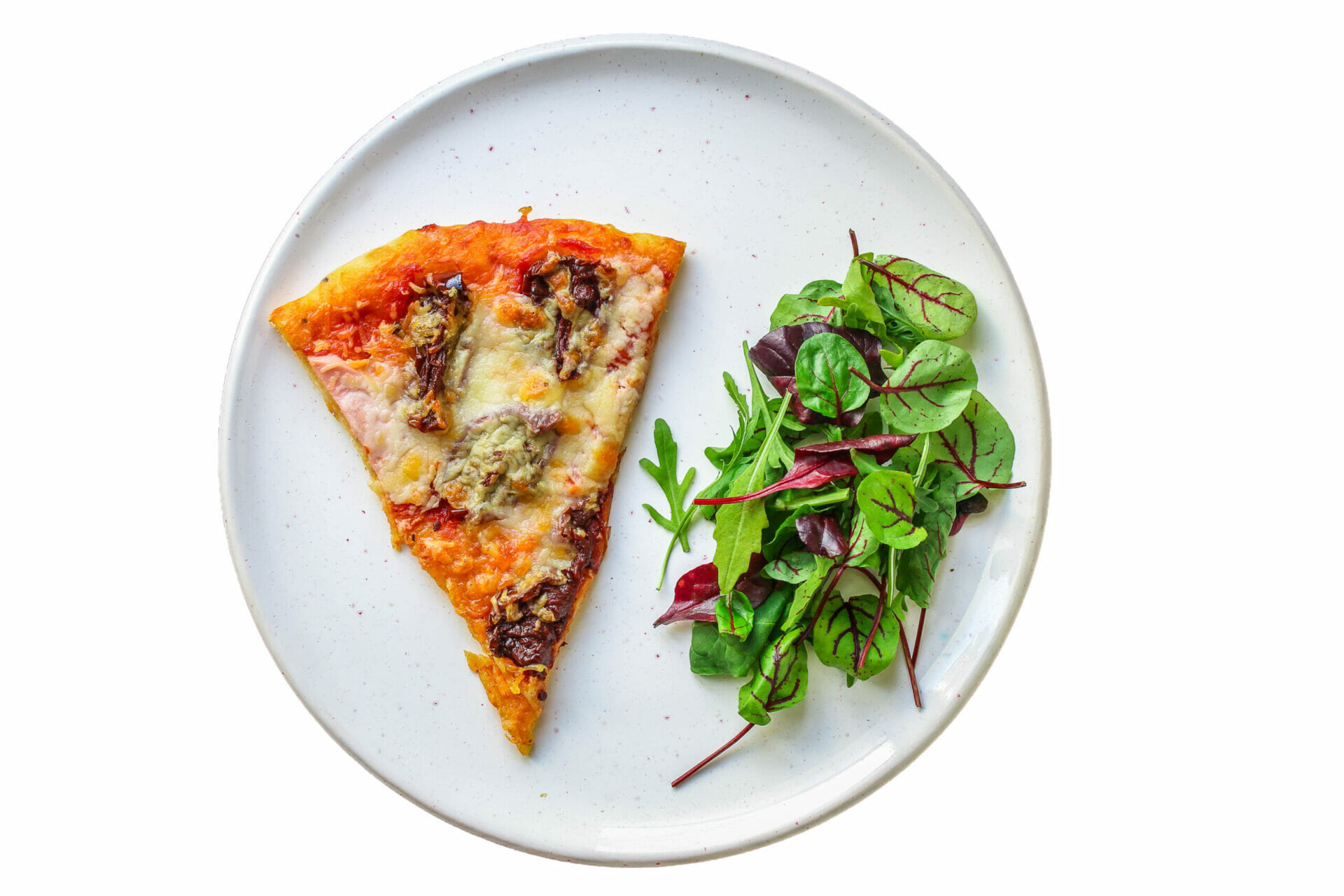
Removing food labels won’t happen overnight, but it is life changing on the other side for your mental and physical health. Normalizing foods, taking them off a pedestal, and finding balance will improve your nutrition AND relationship with food. Start small, show yourself some grace, and be on the lookout for more tips!
